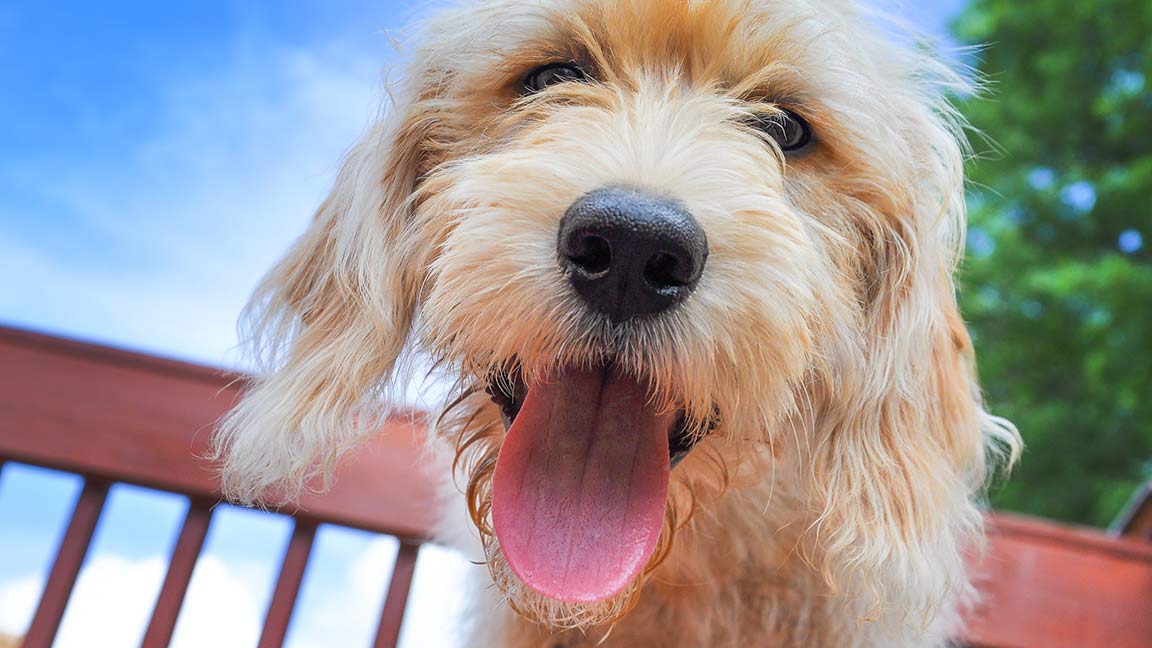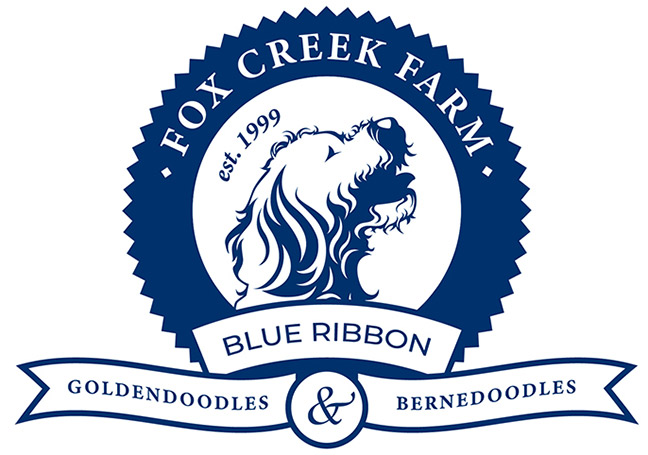
Can Dogs Smile or Laugh to Show Happiness?
The question of whether dogs smile may seem kind of silly. If you’re a dog owner, you’ve likely seen your dog with a smile on its face. But do dogs’ smiles mean what we think they mean? Typically, if a dog appears like they are smiling, they are likely relaxed and content.
Dogs have been our faithful companions for thousands of years, and their ability to express joy and happiness is one of the many reasons we adore them. From wagging their tails to jumping with excitement, dogs possess an innate knack for communicating their emotions.
So, even though a dog’s smile may not be the same as the human expression of joy, a dog that appears like it’s smiling is still expressing happy and positive emotions.
Human Body Language Vs Dogs
Body language refers to how people communicate using nonverbal communication. Body language is a common form of communication, in fact, body language accounts for about 60 to 65 percent of interpersonal communication.
Some forms of body language are having relaxed body language with a smile on your face, pointing or gesturing at something, biting your lip, eye contact, and crossing your arms. Body language is important because it allows us to understand further what people are feeling without them explicitly explaining their feelings. Additionally, it allows us to communicate with people in a more simple form.
All animals have their own way of expressing their emotions, and all of them use body language. So, if animals use body language to communicate, do they smile to express their happiness?
Smiling Dogs Are Mimicking Us
Some might explain the phenomenon of dogs smiling as the dogs imitating humans, as dog smiles often occur in response to a human smile. This experience could be occurring because of “laughter contagion.” Laughter contagion occurs in humans when one person is laughing, triggering other people to laugh or smile.
Dogs, especially Goldendoodles, love to make their humans happy. Dogs may recognize that when their human friends are happy, it’s usually when they are smiling and relaxed. Because of this, dogs may produce a smile because they see us smiling or because they want to cheer us up. Even though dogs may be mimicking us when they smile, it doesn’t mean it’s not adorable, which is obvious from looking at these pictures.
But, dog smiles are different from our own because they are not smiling when they think something is funny or smiling in greeting. Typically, dogs smile because they are relaxed, comfortable, and entertained. Additionally, a smile can signify a dog’s trust and affection towards their human companions, showing that they are happy to be in their presence. Because they typically smile when in such pleasant circumstances, one could assume that their dog is feeling happy when they smile.
How to Read a Dog’s Body Language
Dogs feel the same range of basic emotions as us, such as happiness, sadness, anxiety, frustration, and fear. However, it can be more difficult to read a dog’s body language since they display their emotions differently than us humans.
1. How to Know If Your Dog Is Happy
Typically, when a dog is happy, it’s pretty easy to spot and is a very heartwarming moment. Their eyes will be gentle and in soft focus, and the rest of their facial features will be relaxed as well. They will be moving around excitedly and engaging.
Some dogs can’t actually smile, but a few dogs like Pomeranians or Golden Retrievers commonly look like they have a grin on their face, especially when they are panting and open-mouthed. When a dog shows their teeth when they smile, their mouth curls upward, and their eyes seem to light up with happiness. The corners of their mouth lift, revealing their teeth in a gentle and friendly manner.
Usually, when dogs are happy, their tail will be wagging as well. Sometimes, dogs wag their tails so excitedly and energetically that their little bum and back legs shake with them, which means that the dog is an especially happy pup.
When your dog’s tail is in a neutral position, which means the dog is relaxed, which means they are likely to be happy and content.
2. How to Know if Your Dog is Anxious
When dogs drop their tails to a lower position, it’s a sign of submission and anxiety. Additionally, dogs may drool or pant excessively, even if they haven’t engaged in physical activity when they feel stressed or anxious.
Anxious dogs may exhibit restlessness by pacing back and forth or being unable to settle down. They may also have difficulty relaxing, finding a comfortable position, and staying still. Dogs may excessively lick their paws, legs, or other body parts when they’re anxious.
Goldendoodles can be pretty anxious dogs if they are not trained and socialized properly. Most commonly, they express separation anxiety, mostly because they love being around their family so much that they don’t like to be separated from them.
Dogs can also display submissive grins when they are anxious, upset, or feel guilty, so pay attention to other forms of body language from your dog before assuming that your dog is happy just because it’s smiling.
3. How to Know if Your Dog is Getting Aggressive
A dog that is beginning to display aggression may raise their tails in the air. However, its tail will not be wagging and relaxed, it will be rigid, and you may notice some of its hair sticking up, similar to when cats get upset. When dogs are displaying signs of aggression, they may also appear that they are smiling because they may bare and show their teeth. When dogs feel threatened or aggressive, they often display a stiff body posture. Their body may appear tense, rigid, and immobile.
Goldendoodles are pretty tolerant pups, so they do not commonly display aggression. This is part of why Goldendoodles are such great family pets. However, all dogs can get frustrated, and it’s important to recognize the body language they will display when they are upset so that you can control the situation.
 Using Your Pups Body Language to Build a Better Bond
Using Your Pups Body Language to Build a Better Bond
Recognizing and understanding your dog’s body language, including their “smile,” can deepen the bond between you and your four-legged companion. Pay attention to the context in which your dog exhibits their smile-like expression. Are they comfortable, relaxed, and in a familiar environment? Do they smile when you’re happy, playful, and smiling? Understanding the circumstances and observing other body language cues can help you discern whether your dog is genuinely expressing happiness or displaying a different emotion.
While dogs may not technically smile in the same way humans do, their facial expressions and body language provide valuable insights into their feelings and emotional well-being. A dog’s “smile” is its way of showing comfort, contentment, and happiness. As responsible pet owners, it is our role to interpret these expressions correctly and provide a safe, loving environment that promotes our furry friends’ joy. So the next time your dog appears to be smiling, remember to reciprocate the warmth and affection they bring to your life.
Remember, even if dogs don’t smile like humans, their happiness is a precious gift that we should cherish and nurture every day.






